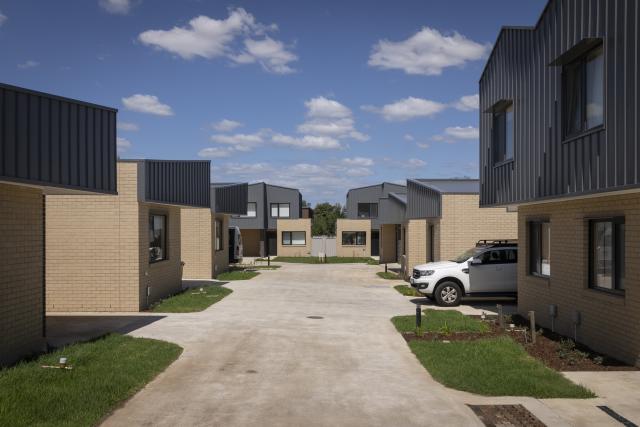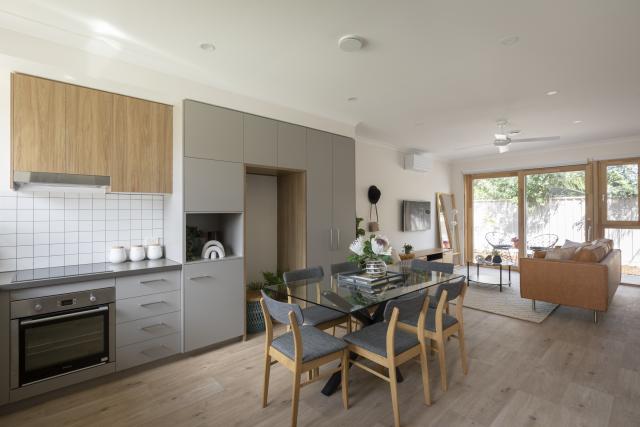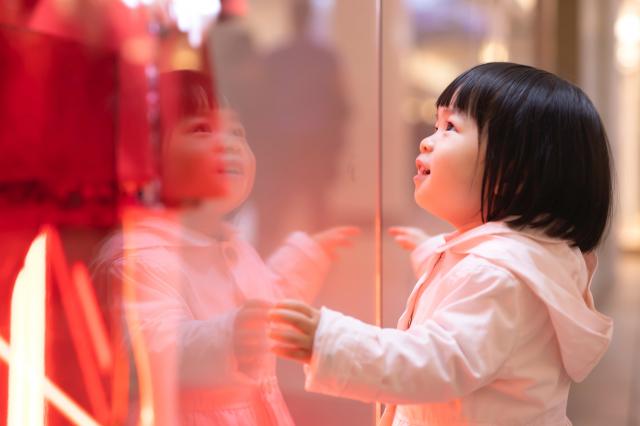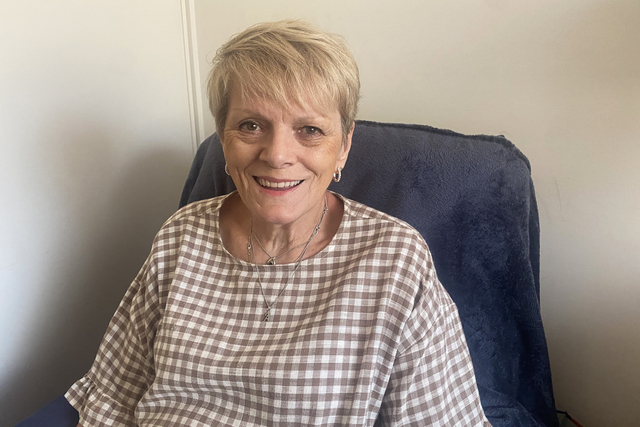Sunshine is home to a ground-breaking affordable housing project that is prioritising energy efficiency to help drive down power bills for renters.
Baptcare Affordable Housing’s (BAH) pilot project in Sunshine comprises 20 new residences including eight PassivHauses. This is the first PassivHaus-designed social/affordable housing in Australia.
The new dwellings meet international PassivHaus standards for airtightness, thermal insulation, ventilation, use of high-performance windows and doors and thermal bridge-free construction.
BAH has invested in building highly energy efficient dwellings as a response to studies showing that soaring energy prices are a huge burden for many renters, especially in social and affordable housing.
The first PassivHaus was created in the 1980s, and is designed to keep excessive heat out and desirable warmth in. They use around 10 per cent of the energy required to run an equivalent Australian home.
The development provides housing support for larger families, sole parents, financially disadvantaged people, people experiencing family or domestic violence, and older Victorians who meet the criteria for social/affordable housing. All of the new residences have been allocated to renters.
Chief executive of Baptcare, Geraldine Lannon said the organisation is proud of this innovative project.
“We believe it will be a game-changer for renters battling high energy costs,” she said.
“We look forward to seeing what impact the PassivHauses have for people living in them, in terms of health, financial and social outcomes.
“This is a bold step forward in social and affordable housing, and we anticipate great outcomes for the families, couples and individuals living in these homes.”
This innovative project has been funded through the Building Works Package, with the state government contributing $7 million to the $11.5 million development.








